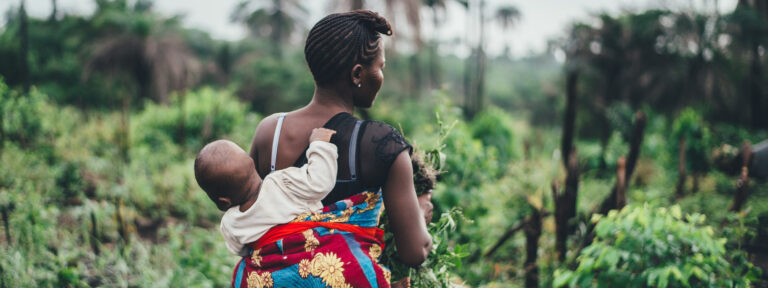
Child marriage in the US: where is the outrage?
Girls as young as ten are legally getting married in the United States – nearly 300,000 since 2000, according to a new report by Unchained At Last. With no protective federal law in place, over 20 states allow for child marriage at 16 years, and 10 have no age limit whatsoever. Population Matters Outreach Coordinator Florence Blondel uncovers an ugly and little-known truth.

A hidden crisis
The report titled United States’ Child Marriage Problem by Unchained at Last, which combats forced and child marriage in the US, reveals some shocking and poorly known facts. About 300,000 children with a few as young as 10 were married in the US between 2000 and 2018. Not surprisingly, most are girls (86%) married to adult men – clearly an injustice rooted in gender inequality and patriarchy. What makes this crisis worse is that these marriages are lawful.
Child marriage is stll legal in 46 states, and it’s only in recent years that the remaining four states – Delaware, New Jersey, Minnesota, and Pennsylvania – banned the practice with no exceptions. UNICEF defines a child as anyone under 18 years of age. Ironically, while children in the US can get married, they are not yet entitled to file for divorce or seek shelter in case of domestic violence.
Child rape condoned by the state
Unchained’s report points out that child marriage often covers up child rape and serves as a “get out of jail free” card for a would-be rapist under state law. Shockingly, in most states, the legal framework that would normally consider sex with an underage person statutory rape does not apply within marriage. In the remaining states, while sex with an underage person is illegal in all cases, marrying one is nevertheless permitted and there is no control or enforcement in place once the documents are signed.
Equally appaling is the federal criminal code which prohibits sex with a child aged 12 to 15, but exempts those who first marry the child. Unchained’s report rightly notes that “this incentivizes child marriage and implicitly endorses child rape.”
Ruined childhoods
Young girls usually have no agency when it comes to contraceptive use and their bodies are not ready to give birth – pregnancy and childbirth complications are very common among childbrides and are sadly still the leading cause of death among 15-19 year old girls worldwide. According to Girls Not Brides, girls before the age of 18 are also more likely to acquire HIV, and experience domestic violence.

Protecting girls, improving the world
To attain the UN Sustainable Development Goal 5, “achieve gender equality and empower all women and girls”, the world, developed and developing, will need to end child marriage as well as early and forced marriage. Much more needs to be done to accelerate progress, starting with fully outlawing these human rights violations everywhere, especially in wealthy nations like the US who have no excuse for inaction. As well as protecting girls’ lives, another advantage would be a reduction in the population growth rate. Child marriage contributes significantly to higher total fertility as women who marry earlier start bearing children earlier, resulting in larger family sizes. Eliminating child marriage would also enable girls to stay in school longer and as a result have more agency over their bodies and lives, helping them to reach their full potential.
Where’s the international outrage?
The US and other countries (including the UK) that legalise this vile act need to step up and rethink a child’s rights. Ironically, in three states, Alabama, Mississippi, and Alaska, adulthood officially starts at 19, 21, and 19 years, respectively, yet all condone under-18-year-olds to be married. We need the same international outcry over child marriage in countries like Bangladesh and Niger to happen in the US where a need for legislative intervention is urgent and lack of action is deeply shameful.


